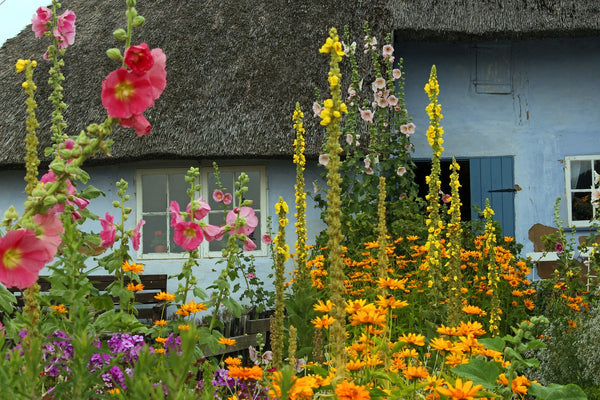
A cottage garden brings images of quaint thatched homes, roses around the door and a romatic profusion of colours and flowers. Yet you don't need a traditional cottage to create this style of garden, and even the most modern of homes can take inspiration from these cottage garden style tips. But first, let's take a walk back in time and discover the history of the cottage garden.
History of the Cottage Garden: A Practical Neccessity
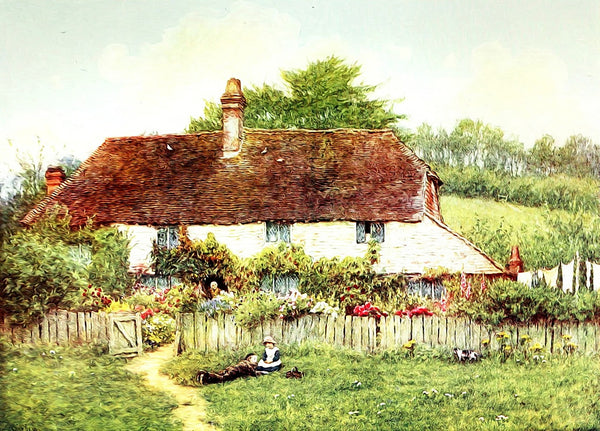
Cottage gardens first appeared during the Elizabethan era and were far from the chocolate box idyll of recent years. Cottage dwellers were extremely poor and their small plots were crucial for providing food for their families. To maximise production, gardens were packed as full as possible with vegetables, fruits and herbs. Livestock and bees were also often kept.
As the years progressed, and society as a whole became more affluent, the cottage garden became more of a mixture of decoration and necessity. Flowers served both ornamental and practical purposes with the important task of deterring vermin and unwanted pests and insects.
In the nineteenth century, the cottage garden was romanticised and made popular by influential gardeners such as Gertrude Jekyll and Vita Sackville-West. The profusion of flowers and colours became the vision that we now regard as the quintessential cottage garden.
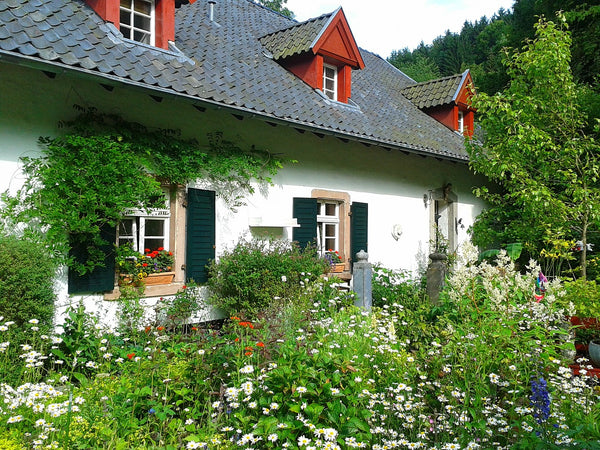
Cottage Garden Design Tips
A cottage garden should be a welcoming, informal space with borders and beds filled with densely planted shrubs and flowers. The main key is to plant closely together and let the plants scramble together as they grow.
Structure
- Keep the layout simple - anything complicated will soon be covered by plants and flowers.
- Avoid straight lines.
- Large beds can become messy quickly and can be high maintenance, therefore small is often better.
- Use paths and grass to inject space between the beds and borders.
- Benches and seating are important considerations for you to relax and enjoy your garden space.
- For very small gardens or balconies, consider pots planted up in a cottage style.
- Use architectural features such as arbours and arches.
- Rustic fencing can be ideal for adding character and providing structure.
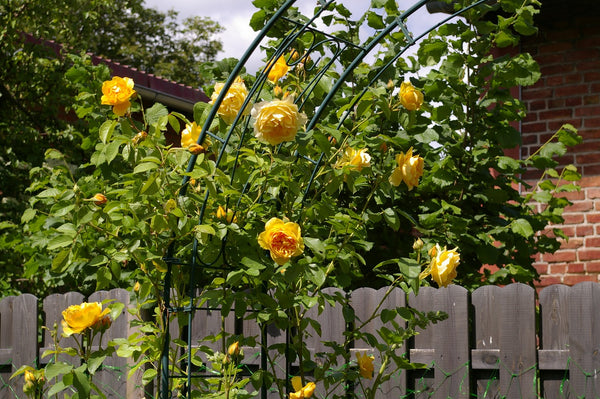
Planting
- Perennials are essential for cottage gardens. Hollyhocks, delphiniums, foxgloves, lupins, achillea - all of these are classic cottage garden flowers.
- Annuals such as nemesia, osteospermum and lobelia are great for hanging baskets and pots.
- Plant your beds with a mixture of flowers and hardy shrubs to ensure there is something of interest throughout the autumn and winter months.
- Grow a climber such as clemetis over an obelisk to give height.
- Divide self-seeding plants and thin out where necessary to prevent beds becoming too tangled and overgrown.

Focal Points
Rustic ornaments are a great way to complement a cottage garden.
- Cast iron pieces work well.
- Personalise with unusual planters or features: old butler sinks, scupltures, wheelbarrows.
- Feature plants with architectural shapes can also be a great way to bring a focal point to your garden.
- Water features can add to the tranquility of your idyllic space.
- Bird baths and feeders to encourage wildlife.
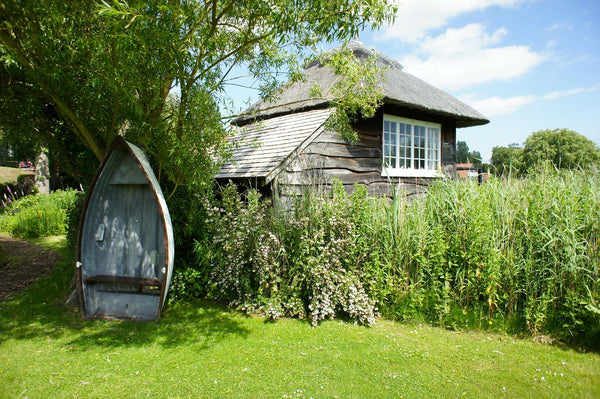
Gates & Sheds
Continue the cottage style by using rustic architectural hardware for your gates and sheds. Here at Suffolk Latch Company we have a fabulous range of Garden Gate Furniture.
- Traditional cast iron latches and hinges.
- Bolts & Cabin Hooks.
- Hardwearing UV and rust resistant black coating.
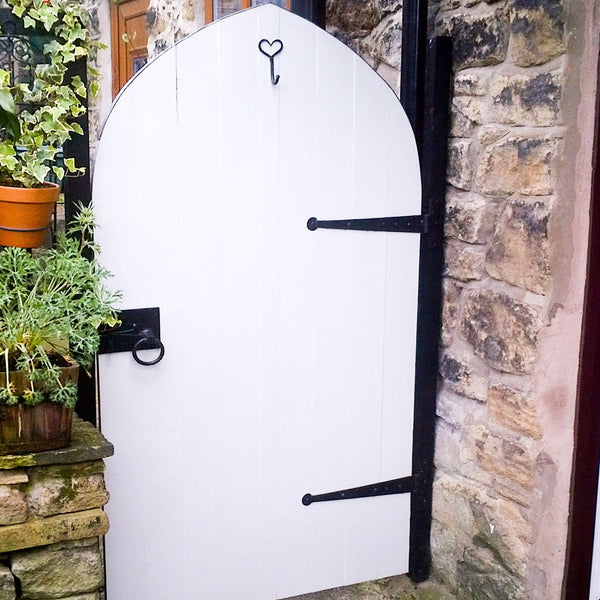
For more home tips, and information go to our Ironmonger's Journal for regular blog articles and news.









